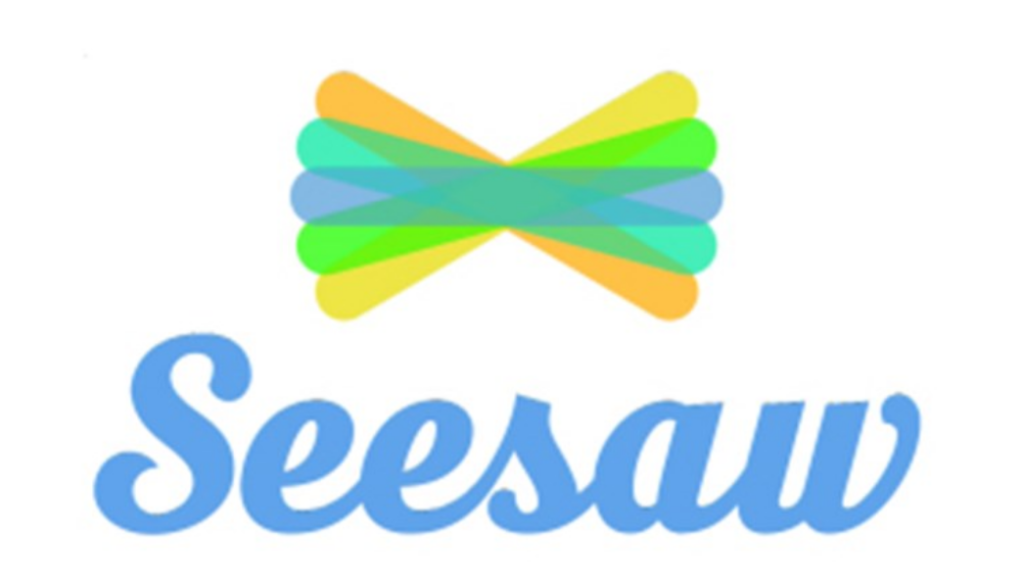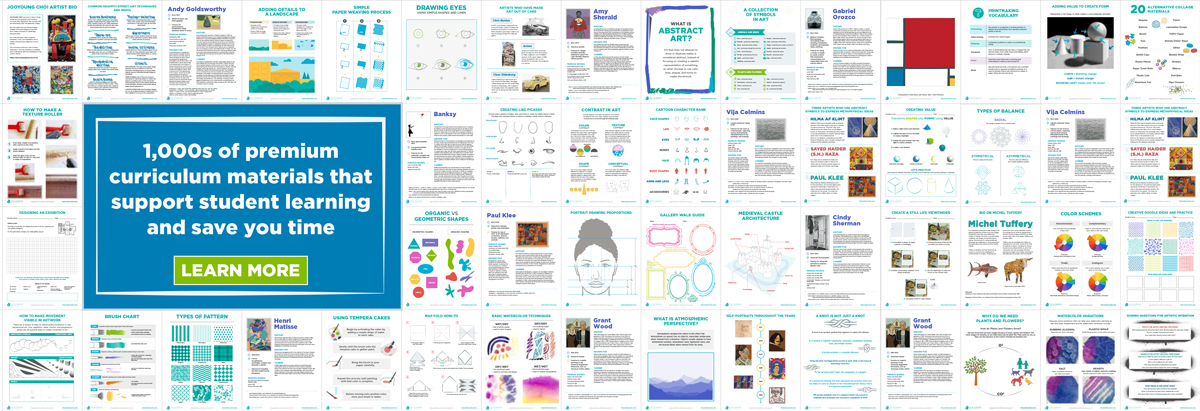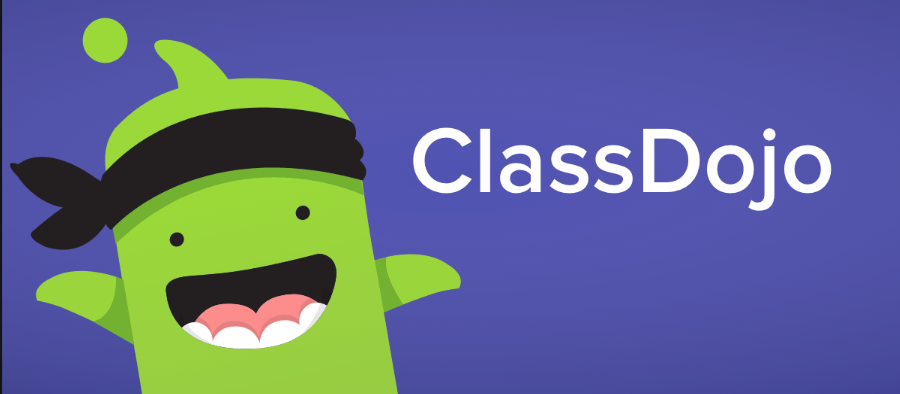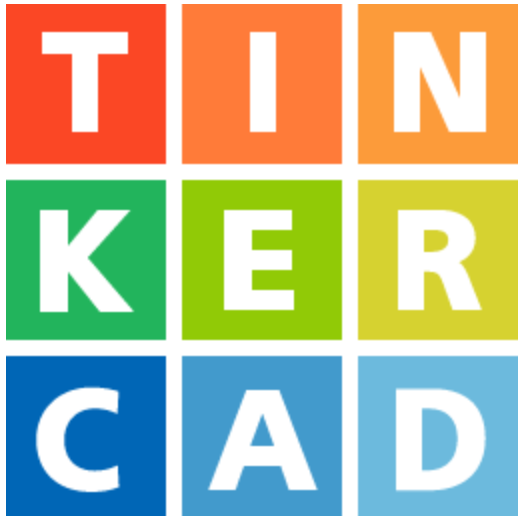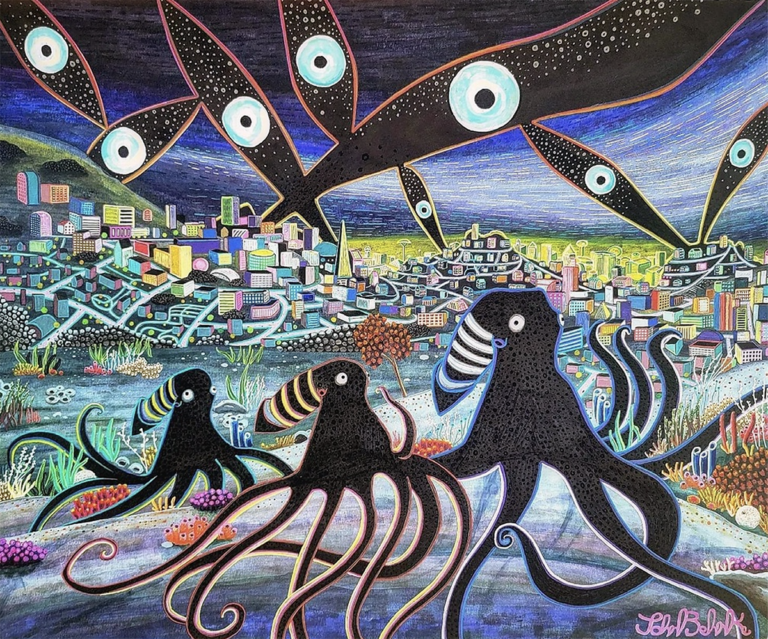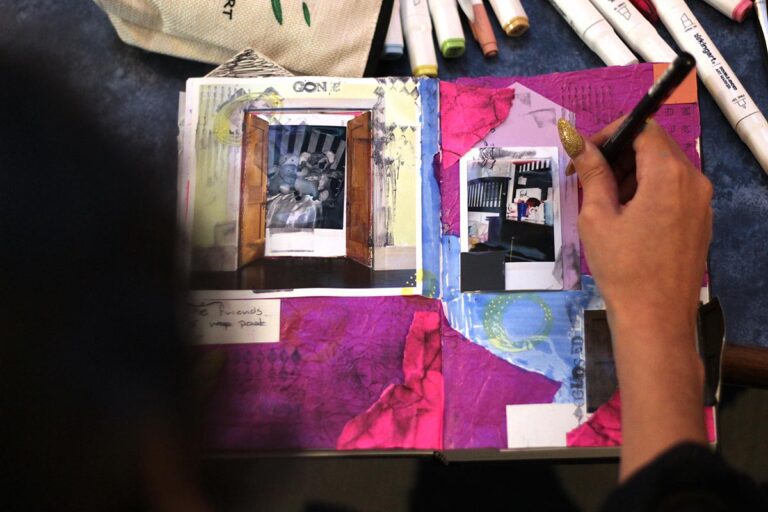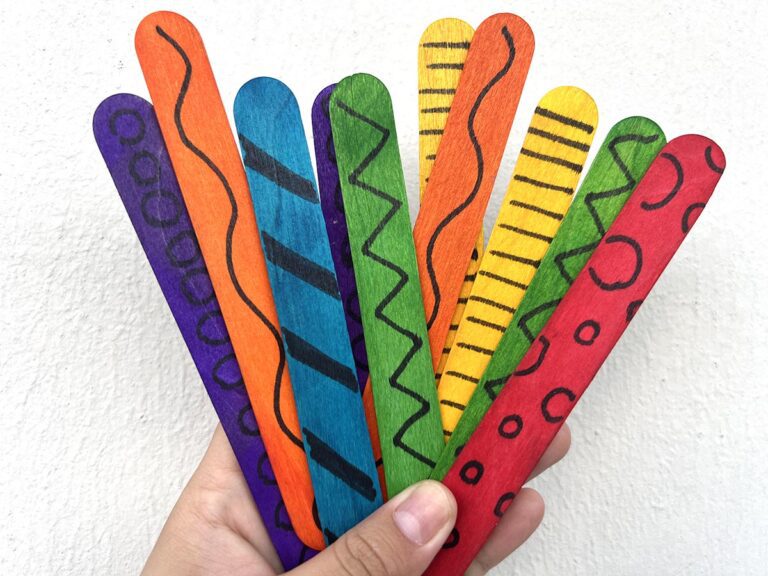Art Education and the Coronavirus (COVID-19)
There are a lot out there. Apps that take video, apps that filter photos, apps that animate, apps that share information, apps that block information, apps that help you meditate—the list goes on. With apps pretty much helping you with anything besides flying to the moon, it is no wonder art educators are using apps and other online platforms to help reach their students. With the recent rise in school closures, due to coronavirus, it is no wonder teachers are not only using but relying upon these technology tools to teach.
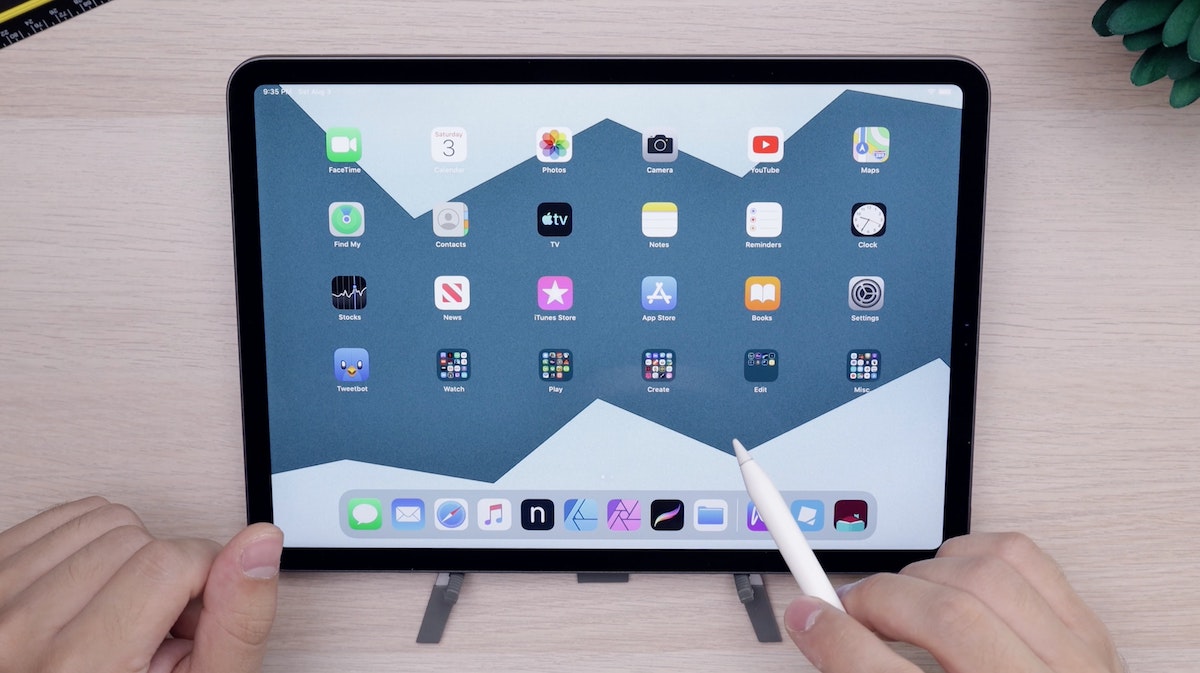
Here are 9 online platforms and apps that work best for reaching students when you can’t be with them in the classroom:
1. Seesaw
This app allows you to create activities and lessons to share with students and families. Learn more with Digital Portfolios and So Much More . . . (Ep. 112)
2. Google Classroom
Organize and share content directly with students. Plus, it connects all the other cool parts of Google with it.
3. TikTok
Why not get in on the fun of the short-form mobile videos? Make a silly one for your students. Listen to see how these videos can be beneficial. Let them know you are thinking about them. Plus, this app can be monitored by families and parents.
4. Remind
Reach students, parents, and colleagues where they are via their phones. If your community can text, they can use this app.
5. Screencastify
Easily record, edit, and share videos with your students. All from your desktop computer.
6. ClassDojo
Build a whole classroom community, the best part is, it’s free!
7. Edmodo
Send messages, share class materials, and make learning available anywhere.
9. Educreations
Record your voice and iPad screen to share lessons and ideas.
9. Tinkercad
An app where you can design anything! Especially for created 3-D design, electronics, and coding.
While this is not a comprehensive list, these apps and platforms might fit the needs of you and your students when you cannot be physically present.
What apps and platforms do you prefer?
What apps and platforms do your students enjoy the most?
Magazine articles and podcasts are opinions of professional education contributors and do not necessarily represent the position of the Art of Education University (AOEU) or its academic offerings. Contributors use terms in the way they are most often talked about in the scope of their educational experiences.

